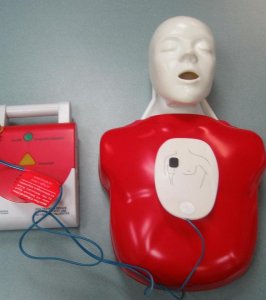
Iron deficiency anemia normally occurs as a result when the intake of dietary of iron is insufficient for hemoglobin synthesis. The body can store approximately one fourth to one third of its iron content and it is not until the said iron stores actually become usable to the body. It is not until the stores are exhausted that iron deficiency anemia begins to manifest itself.
Iron deficiency anemia is common in all age groups, and it is the most common anemia experience by every human being across the world. It is particularly prevalent in developing countries where there is increased incidence of poverty and malnutrition. The inadequacy of iron stores in developing countries results from insufficient intake of food or can be seen in cases of blood loss from parasitic infections. Iron deficiency anemia is not only limited to developing countries but is also prevalent in developed countries such as in the United States wherein pregnant women and adolescents being at high risk due to inadequate and/or faulty diet during their rapid increase in growth.
Common causes of iron deficiency anemia
The most common cause of iron deficiency anemia in men and postmenopausal women is bleeding as a result from a primary disease condition such as ulcers, gastritis, G.I. tumors and inflammatory bowel disease. Postmenopausal women in particular suffer extensively from iron deficiency anemia due to substantial blood loss because of a condition known as menorrhagia (excessive menstrual bleeding) and pregnancy with inadequate iron intake and supplementation. Individuals with chronic alcoholism often have chronic blood loss from the G.I. tract which eventually causes iron loss and eventual anemia. Other causes include iron malabsorption as a common complication of gastrectomy (removal of a portion of the stomach).
Clinical manifestations of iron deficiency anemia
Individuals suffering from iron deficiency anemia primarily have the common signs, symptoms and clinical manifestations of anemia in general. If the deficiency is severe enough or is chronic and prolonged, they may have a smooth, sore tongue, brittle and ridged nails and angular cheilosis (an ulceration of the corners of the mouth). These signs and symptoms usually subside after iron supplementation therapy is initiated. The health history is extremely vital in identifying high risk pregnant women especially those with multiple gestations, existing ulcerations of the G.I. and craving for non-nutritive food items because these conditions further aggravate iron deficiency anemia.
